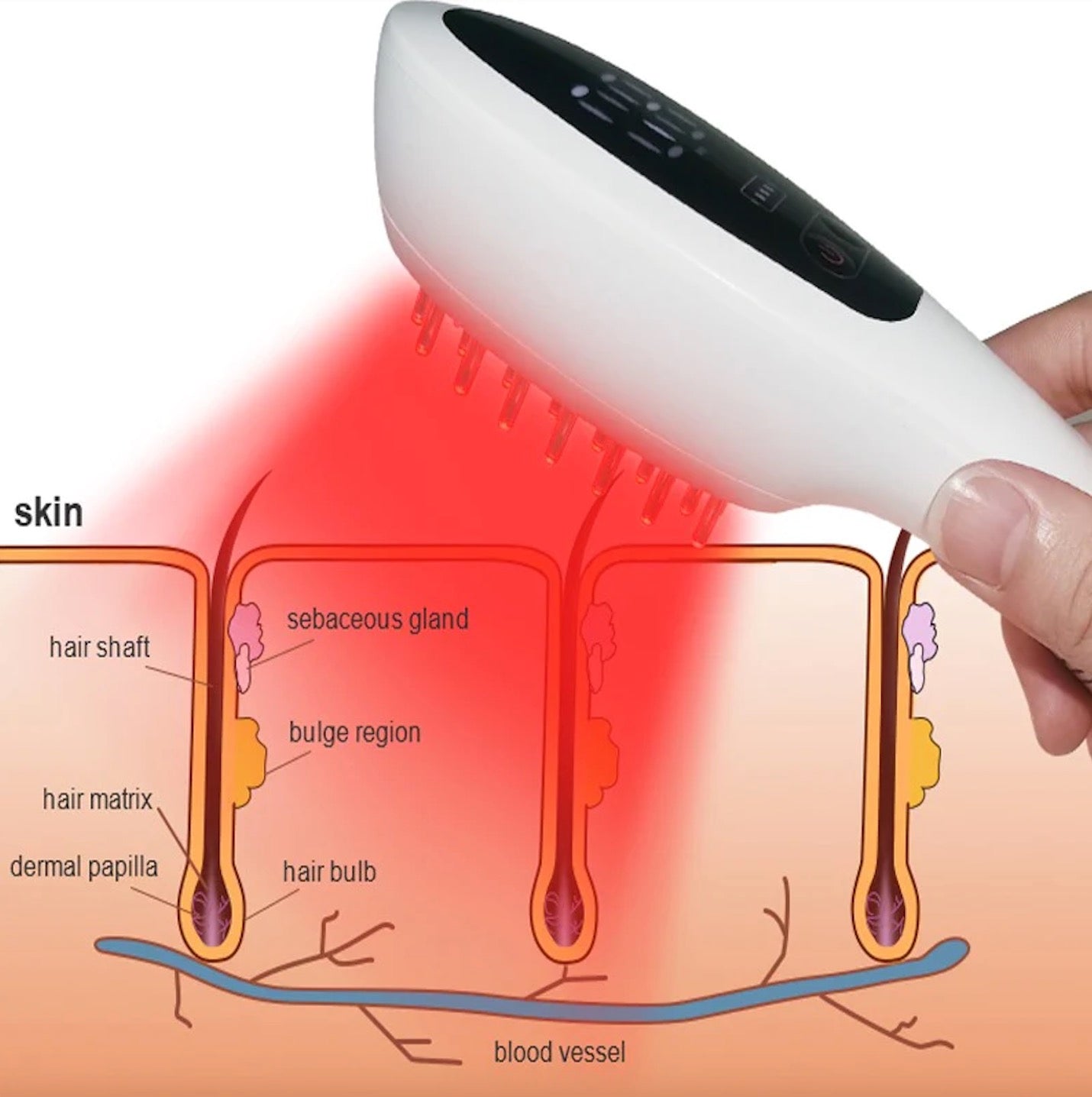Abstract
Downregulation of brain-derived neurotrophic factor (BDNF) occurs early in Alzheimer's disease progression, and low-intensity laser therapy has been shown to prevent brain cell loss by upregulating BDNF. Downregulation of hippocampal brain-derived neurotrophic factor (BDNF) occurs early in the progression of Alzheimer's disease (AD). Since BDNF plays an important role in neuronal survival and dendritic growth, upregulation of BDNF may help rescue dendritic atrophy and cell loss in AD. Low-level laser therapy (LLLT) has been shown to modulate neuronal function in vitro and in vivo.
Research
Researchers from the Ministry of Education's Key Laboratory of Laser Life Sciences and the Institute of Laser Life Sciences, School of Biophotonics, South China Normal University report that low-intensity laser therapy rescues dendritic atrophy by upregulating BDNF expression: implications for Alzheimer's disease. They found that LLLT rescued neuronal loss and dendritic atrophy by upregulating BDNF in Aβ-treated hippocampal neurons and in cultured APP/PS1 mouse hippocampal neurons. Photoactivation of the transcription factor Cre-binding protein (CREB) increased bdnfmRNA and protein expression, as knockdown of CREB blocked the effects of LLLT. Furthermore, CREB regulates transcription in an ERK-dependent manner. Inhibition of ERK reduces the DNA binding efficiency of CREB to the BDNF promoter. Furthermore, dendritic growth was improved after LLLT, characterized by upregulation of Rac1 activity and PSD-95 expression, and increased dendritic length, branching, and spine density in hippocampal neurons. Studies have shown that Aβ-induced neuronal loss and dendritic cell atrophy can be ameliorated by up-regulating LLLT's expression of BDNF by activating the ERK/CREB pathway, thereby identifying a novel pathway by which LLLT protects Aβ-induced neurotoxicity and providing insights into the control of AD progression. A feasible treatment approach has been developed (Meng, et al. 2013.).
Conclusion
Several other studies have shown that low-level laser therapy can significantly increase alertness, awareness, and sustained attention, as well as improve short-term memory and reaction time. Photobiomodulation of red to near-infrared light is a novel intervention that has been shown to modulate neuronal function in cell cultures, animal models, and clinical conditions. Light that intersects the cytochrome oxidase absorption spectrum is irradiated onto the foreheads of healthy volunteers with a laser diode CG-5000, which maximizes tissue penetration and is used in other indications in humans.
Research
Researchers from the Department of Psychology and Neuroscience Institute at The University of Texas at Austin report beneficial cognitive and emotional effects of transcranial infrared photobiomodulation and laser stimulation in humans. They tested whether low-level laser stimulation had beneficial effects on attention, memory, and mood in the frontal cortex. The treatment group (n=20) compared with the placebo control group (n=20) showed a significant improvement in response time to the sustained attention-psychomotor vigilance task (PVT), especially in highly novelty-seeking subjects. Performance on the Delayed Match-to-Sample (DMS) memory task also showed significant improvements in memory retrieval latency and number of correct trials in both the treatment and control groups. The Positive and Negative Affect Scale (PANAS-X), which tracks self-reported positive and negative affective (mood) states, was administered before and 2 weeks immediately after treatment.
Conclusion
The PANAS study showed that although participants generally reported more positive emotional states than negative emotional states, overall emotional states were significantly improved in the treatment group compared to the placebo control group, as sustained positive emotional states were more pronounced. These data suggest that transcranial cold laser therapy can be used as a non-invasive and effective method to increase brain functions, such as cognitive and emotional aspects. In controlled clinical trials for stroke, transcranial infrared laser stimulation has also been shown to be safe and successful, improving neurological function in humans. This innovative approach could lead to the development of non-invasive, performance-enhancing interventions in healthy individuals and those in need of neuropsychological rehabilitation (Barrett and Gonzalez-Lima. 2013.).
Research
To improve alertness in patients with severe impairment of consciousness (DOC), frontal near-infrared laser stimulation (N-LT) or transcranial focused shock wave therapy (F-SWT) may be an option. Researchers from the Neurological Rehabilitation Center and the Division of Intensive Care Nursing at the University of Berlin, Germany compared non-invasive brain stimulation to promote alertness and awareness in patients with chronic disturbances of consciousness: low-level near-infrared laser stimulation and focused shock wave therapy. Treatment outcomes in patients with chronic diseases. They divided 16 DOC patients into two groups, A and B. Three-week baseline examinations were performed either after forehead N-LT (0,1 mJ/mm2, 10 min each time), five times a week for a four-week course (group A), or continuous treatment for four weeks, three times a week for F-SWT (0,1 mJ/mm2, 4000 stimuli each time) (group B). The primary variable was the Revised Coma Recovery Scale (r-CRS, 0-23), assessed blinded.
Conclusion
The r-CRS improved in both groups, but there was no difference between the groups. One patient in group B developed focal seizures in the third week of treatment. One patient with dyskinesia had the most improvement, and three patients with systemic hypoxia did not improve. Studies have shown that both laser therapy approaches can improve vigilance and awareness in patients with chronic DOC (Werner, et al. 2016.).




